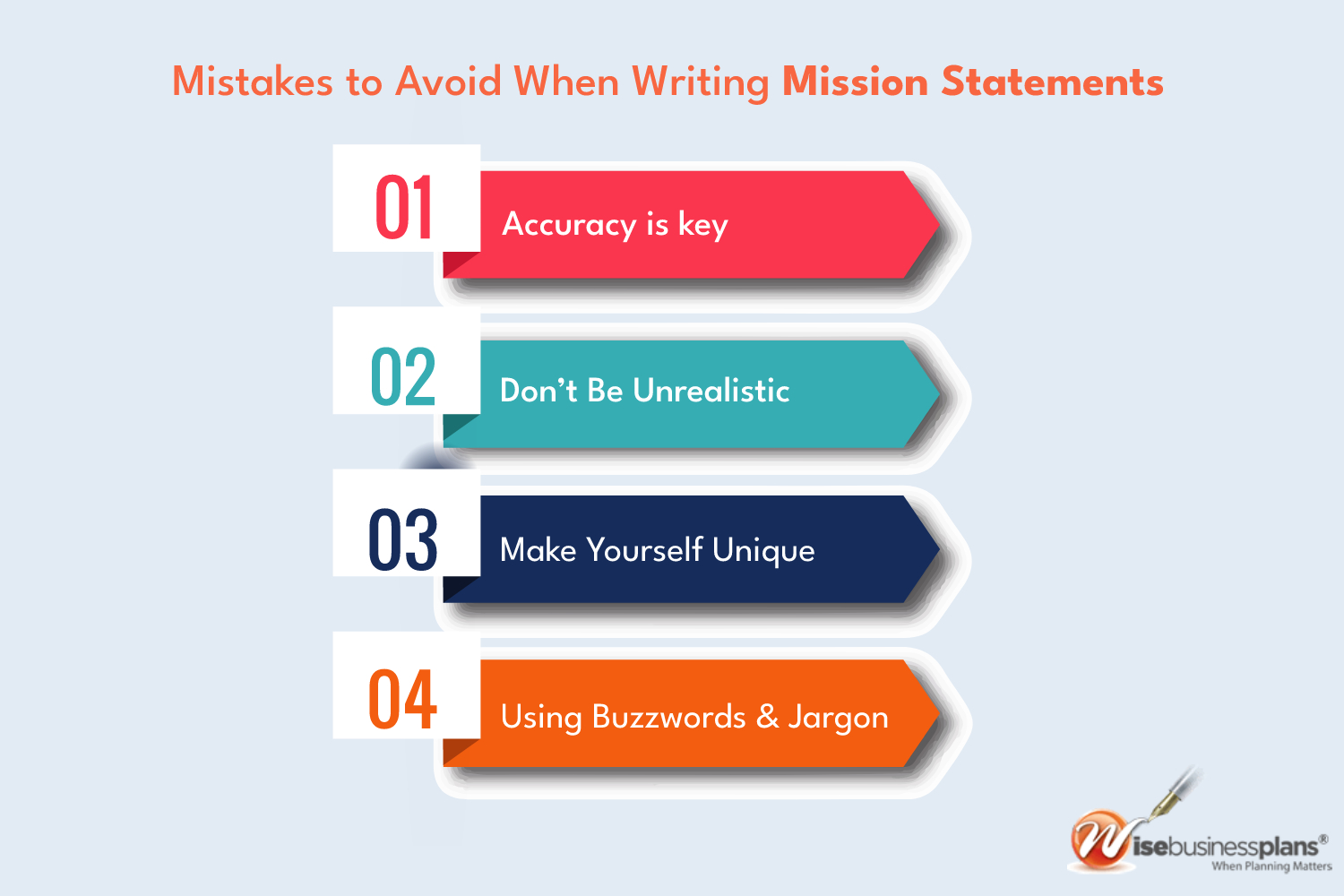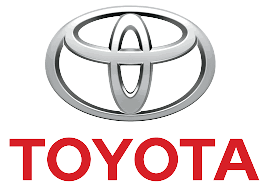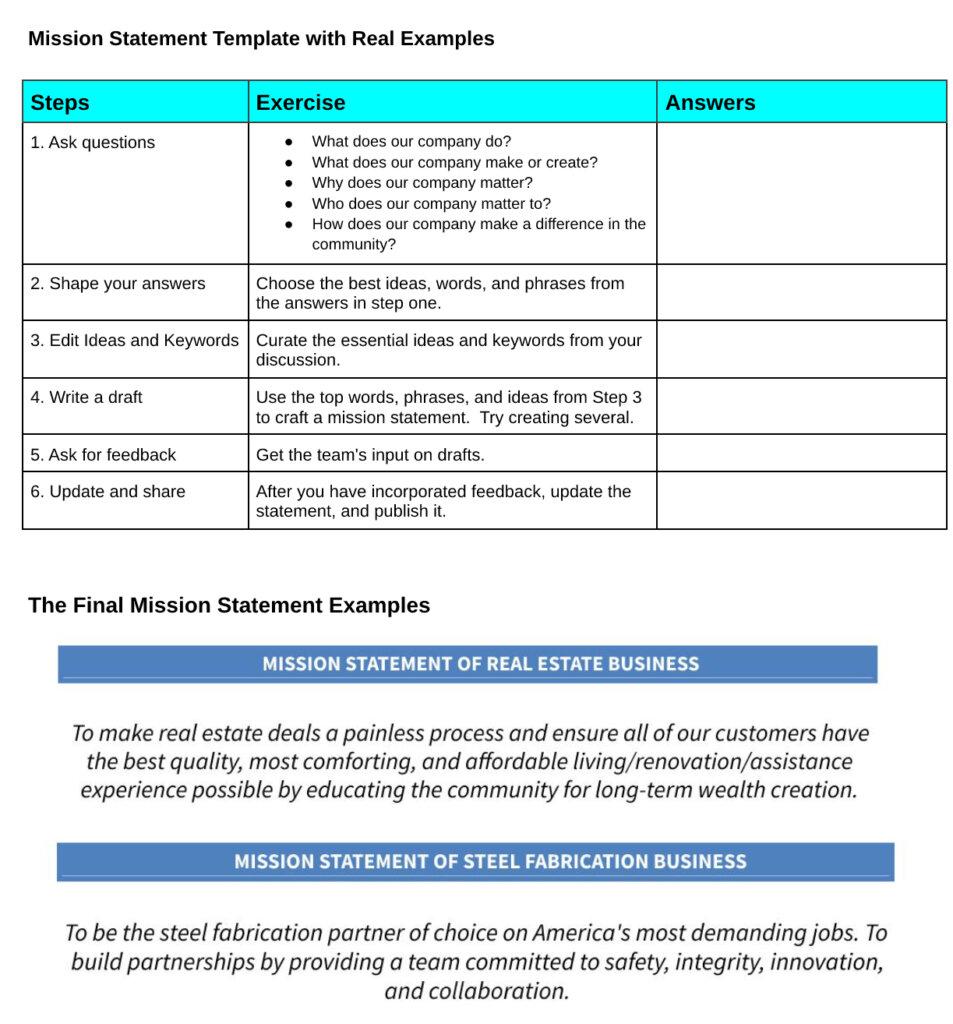How to Write a Mission Statement
A mission statement serves as a concise summary of a company’s purpose and its aspirations for a positive influence. It’s a powerful tool that businesses employ to articulate their goals and values, allowing their audience to grasp a deeper understanding of their mission. Knowing what to incorporate into this statement can assist a brand in not only drawing in new customers but also expanding its clientele.
In this article, we emphasize the significance of a mission statement, detail the process of crafting one, offer advice on creating an impactful one, and furnish a template and examples to guide you through the process.
- Why is a mission statement important?
- The Essential Components of a Mission Statement
- What should a mission statement accomplish?
- 6 Steps Mission Statement Template
- How to Write a Mission Statement
- 1.Explain the Company's Goal
- 2.Detail How the Company Achieves Its Objectives
- 3.Consider the Motivation Behind the Company's Actions
- 4.Review and Improve the Mission Statement
- Mission Statement Writing Tips
- What makes a good mission statement?
- Mistakes to Avoid When Writing Mission Statements
- Mission Statement vs Vision Statement
- Examples of Great Mission Statements
- FAQs:
Why is a mission statement important?
A mission statement is essential as it outlines a company’s ambitions, goals, and why it matters. It provides employees with ethical guidelines, offers insights into the company’s values, and clarifies its purpose. Key elements within a mission statement include:
- Objectives: Defining company goals unifies the organization, guiding employees toward success and fostering efficiency.
- Values: Mission statements define a company’s culture, ethics, and values, signaling expected behavior to the public.
- Purpose: They communicate the company’s role in benefiting the community and explain why it exists, setting it apart from others.
The Essential Components of a Mission Statement
- Value – What does the business offer that benefits both customers and employees?
- Inspiration – Why would individuals aspire to be part of this company?
- Plausibility – Ensure it sounds realistic and attainable.
- Specificity – Connect it directly to the business’s core.
What should a mission statement accomplish?
A mission statement should explain why a business is here and what makes it special.
- Why they’re here: To stop and ease human suffering during emergencies.
- What makes them special: They get volunteers to help and people who want to give things help too.
How to Write a Mission Statement
When you write a mission statement, it’s important to make it clear and concise and address all the key elements. Here are steps for writing an effective mission statement:
1.Explain the Company's Goal
- Start by describing why the company exists.
- Highlight what makes the company different from competitors.
- For instance, a restaurant’s goal could be to serve locally sourced, organic ingredients in all its dishes, promoting sustainability and supporting local farmers.
2.Detail How the Company Achieves Its Objectives
- Express how the company goes about its work.
- Outline the company’s main principles and beliefs.
- Company values can include providing equal access to resources or delivering top-notch products to customers.
- For example, a tech company may specialize in creating innovative, eco-friendly gadgets, designing them with recyclable materials and energy-efficient technology to reduce environmental impact.
3.Consider the Motivation Behind the Company's Actions
- Incorporate the company’s passion and the reasons behind its actions.
- Reflect on why the company was founded and its purpose.
- If you’re creating a mission statement for a bakery, their motivation could be to delight customers with delicious, freshly baked goods while fostering a sense of community through shared culinary experiences.
4.Review and Improve the Mission Statement
- After drafting the mission statement, read it aloud and check for grammar or spelling errors.
- Consider rephrasing it for greater clarity if needed.
- Periodically revisit the mission statement to ensure it remains accurate and aligned with the company’s goals and values.
Mission Statement Writing Tips
Here are some easy ways to make your company’s mission statement better:
- Be short and clear: Keep your mission statement under 150 words. Use strong words to show what your company wants to achieve.
- Think about the future: Make sure your mission statement talks about what your company will do in the future. Even if things change, your mission statement should still fit.
- Ask for help: Talk to your co-workers about your mission statement. They might have good ideas to make it better.
What makes a good mission statement?
A good mission statement is concise, clear, and inspiring. It should succinctly convey the core purpose of your organization and why it matters, while also reflecting your values and unique approach. The best mission statements motivate and guide both internal teams and external stakeholders, making them feel connected to your vision and goals.
Mistakes to Avoid When Writing Mission Statements
Experts believe that many companies have mission statements that are too vague, unrealistic, or are just a collection of meaningless business jargon. The following are some tips for avoiding the common pitfalls of mission statements.
Accuracy is key- A mission statement should be accurate and only include aspects of your business that are relevant to your business. Don’t just use phrases that sound nice. If you do that, it may sound catchy, but it may lose its value as a guide for your company.
Don’t be unrealistic-Your mission statement should be both ambitious and realistic. Mission statements that set unattainable goals will not be taken seriously by employees. As a result, it can discourage employees by reminding them how far they are behind.
Make yourself unique– Avoid writing a generic or vague mission statement. A handy trick is to ask yourself if one of your competitors could use the same mission statement. It will help you focus on your unique purpose, goals, and values.
Using Buzzwords and Jargon– Common mistake companies commit when crafting their mission statements is bogging them down with buzzwords and jargon. The best mission statements consist of simple, clear language that communicates a company’s purpose directly. Focus on concrete descriptions and aspirations rather than vague phrases such as the following:
- The best in the world
- Excellent customer service
- Maximizing investor returns
- Satisfactory
- Highly valued
Identify other generic words that you can delete from your message.
Now you know what goes into crafting a mission statement.Therefore, put these tips into practice and you’ll be able to produce a clear and concise statement that will keep your business on track.

An effective mission statement can serve several purposes. First of all, it can help keep your business on track.
Your business is something you can always come back to whenever you’re setting goals or making big decisions. By looking at a clear, concise statement of purpose for your business, you can decide what is the best way to achieve that purpose.
Essentially, a mission statement is a foundation for all that your business does. It can help you with:
- Planning your business.
- Assessing your performance.
- Guidance for employees.
- Ensure that all stakeholders work towards the same goals.
- Giving employees a sense of belonging.
Mission Statement vs Vision Statement
The vision statement focuses on tomorrow and what the organization wants to become. It lets the public know what the company makes, who it makes it for, and why it does it.
A vision statement is a way for a brand to look toward the future and define what it strives to accomplish through its mission statement.
Despite the fact that companies commonly use mission and vision statements interchangeably, it is important to have both.
Basically, a mission statement and a vision statement differ in the following ways:
- A vision statement describes a company’s long-term goals. The same elements from the mission statement can be found in the vision statement but will be defined in the future tense.
- A mission statement describes the current purpose of an organization. Mission statements typically include information about the company’s purpose, target audience, and key offerings.
Now that we know what they are, let’s take a look at some examples from different industries.
Examples of Great Mission Statements
It’s often easiest to understand how mission statements work by looking at examples. Here are a few of my favorites fictional examples to help you better understand how you can structure and present your own mission statement:

"To put people at the center of enterprise software"

“Bring inspiration and innovation to every athlete in the world.* If you have a body, you are an athlete.”

“To be Earth’s most customer-centric company, where customers can find and discover anything they might want to buy online, and endeavors to offer its customers the lowest possible prices.”

“To make unique sports cars that represent the finest in Italian design and craftsmanship, both on the track and on the road.”

“Offering all women and men worldwide the best of cosmetics innovation in terms of quality, efficacy and safety”

“To refresh the world…To inspire moments of optimism and happiness…To create value and make a difference.”

“To reimagine commerce in ways that build a more fulfilling and lasting world. We are building a human, authentic and community-centric global and local marketplace.”

“We save people money so they can live better.”

“To help humanity thrive by enabling all teams to work together effortlessly.”

“To attract and attain customers with high-valued products and services and the most satisfying ownership experience in America.”

“We work hard every day to make American Express the world’s most respected service brand.”

“To deliver information on the people, ideas and technologies changing the world to our community of affluent business decision makers.”

“To accelerate the world’s transition to sustainable energy.”

“To enable people and businesses throughout the world to realize their full potential.”
Helpful Resources
FAQs:
A mission statement is a concise statement that defines the purpose, values, and goals of an organization. It captures the essence of what the organization aims to achieve and guides its actions and decision-making.
A mission statement is important as it serves as a guiding principle for an organization. It helps align employees, stakeholders, and customers by communicating the organization’s core values, purpose, and direction. A well-crafted mission statement can inspire and motivate individuals while providing clarity and focus for the organization’s activities.
A mission statement should include the organization’s purpose, its target audience or customers, the value it provides, and its unique selling proposition or competitive advantage. It should also reflect the organization’s core values and future aspirations.
A mission statement should be concise and easily understood. Ideally, it should be no longer than a few sentences or a short paragraph. Keeping it concise ensures that it is memorable and effectively communicates the organization’s essence.
A mission statement should be periodically reviewed to ensure it remains relevant and aligned with the organization’s goals and values. It may need to be updated if there are significant changes in the organization’s direction, market conditions, or strategic objectives. However, it is not necessary to review it too frequently if the organization’s core purpose remains consistent.
A mission statement generator streamlines the process by offering templates and prompts, helping entrepreneurs articulate their organization’s purpose and values in their business plan with ease.
To make your mission statement unique, focus on what sets your organization apart, your values, and the specific positive impact you aim to achieve.
Yes, involving key stakeholders, such as employees and leadership, can provide diverse perspectives and ensure the mission statement resonates with everyone.
A mission statement defines the organization’s purpose and values, while a vision statement describes its long-term goals and aspirations.
Yes, mission statements can evolve over time to align with changing goals, values, and priorities as the organization grows and adapts to new challenges and opportunities.
A mission defines the fundamental purpose and values of an organization, answering ‘why’ it exists, while objectives are specific, measurable goals that outline ‘what’ the organization aims to achieve within a set timeframe.













